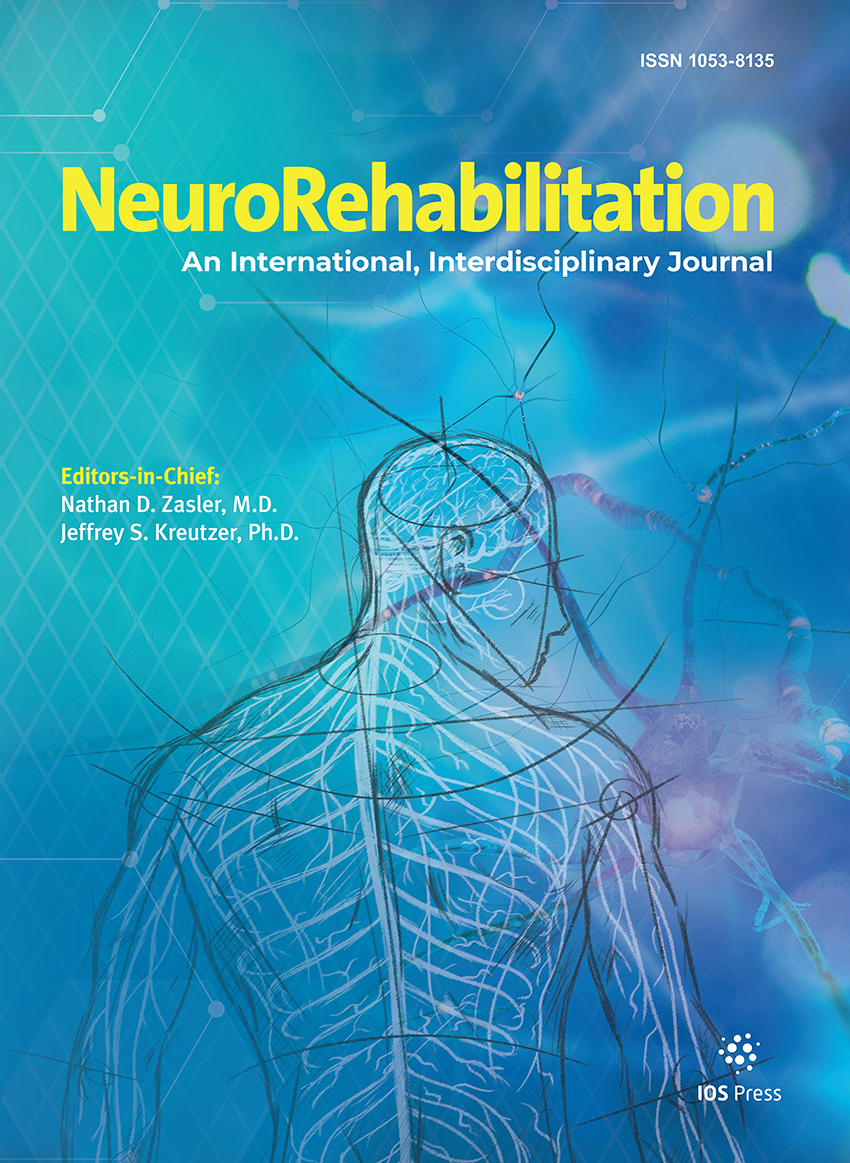Authors: Hadoush, Hikmat | Alawneh, Anoud | Kassab, Manal | Al-Wardat, Mohammad | Al-Jarrah, Muhammed
Article Type:
Review Article
Abstract:
BACKGROUND: Multiple sclerosis (MS) is a progressive inflammatory and autoimmune neurological disease caused by inflammation and demyelination of the central nervous system. Pain is a typical symptom of central nervous system demyelination, affecting 63% of adults with MS. Recently, the role of non-pharmacological pain management in patients is growing because the non-pharmacological interventions are considered safe, affordable, easy, and accessible. However, to date, no systematic reviews or meta-analyses have comprehensively examined the therapeutic effects of the variety of non-pharmacological therapeutic interventions in the management of pain in patients with MS. OBJECTIVE: The study aimed to conduct a systematic
…review with meta-analysis to assess the effectiveness of the non-pharmacological rehabilitation interventions in pain management in patients with MS. METHODS: A comprehensive search using PubMed, Cochrane, and Science Direct databases was performed and included all randomized controlled trials, randomized cross-over trials, and quasi-experimental trials assessing the effect of non-pharmacological interventions for managing pain in patients with MS. This study was conducted according to PRISMA guidelines of a systematic review and pair-wise meta-analysis. Meta-analyses were performed by calculating the standardized mean difference at a 95% confidence interval using Review Manager software. RESULTS: Twenty-nine papers were included in the systematic review, and only 22 of them were included in the meta-analysis. The pooled analysis showed a significant effect of neuromodulation and transcranial direct current stimulation on pain intensity reduction in patients with MS (SMD –0.51, 95% CI –0.51 to –0.09, P = 0.02), (SMD –0.67, 95% CI –1.18 to –0.16 P = 0.01), respectively. The analysis showed significant improvement in pain intensity in patient with MS after mind-body therapies (SMD –0.45, 95% CI –0.82 to –0.7, P = 0.02), mindfulness (SMD –0.55, 95% CI –0.96 to –0.14, P = 0.009), hypnosis (SMD –0.88, 95% CI –1.30 to –0.46, P = 0.0001), trigger point therapies (SMD –0.83, 95% CI –1.65 to –0.01, P = 0.05) and cognitive behavioral therapy (SMD –0.64, 95% CI –1.18 to –0.11, P = 0.02). However, there is no significant effect of relaxation therapy on pain reduction in patients with MS (SMD –0.82, 95% CI –1.94 to 0.31, P = 0.15). CONCLUSIONS: The results indicated that the majority of the non-pharmacological rehabilitation interventions showed potential therapeutic effects in reducing pain intensity in patients with MS.
Show more
Keywords: Multiple sclerosis, neurodegenerative diseases, pain, rehabilitation, non-pharmacological interventions, meta-analysis
DOI: 10.3233/NRE-210328
Citation: NeuroRehabilitation,
vol. 50, no. 4, pp. 347-365, 2022
Price: EUR 27.50





